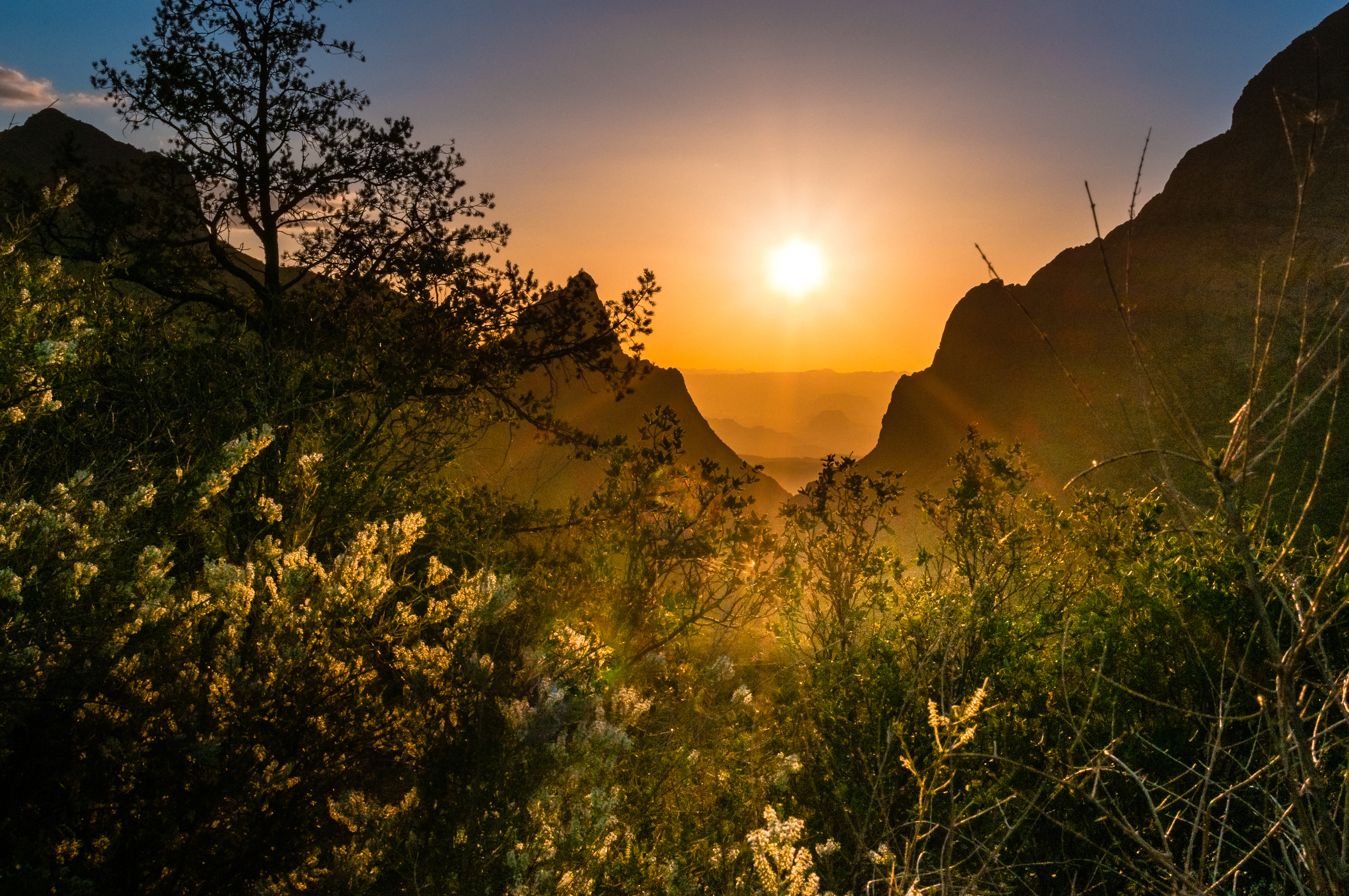
With nineteen wildlife refuges, thirteen national parks and over 650,000 acres of designated Important Bird Area, it’s no wonder the Lone Star state is considered one of the best places for birding in the country. Almost 650 different species of birds are found in Texas, whether they breed, winter, nest, or live in the state year-round. Being the second largest state in the U.S., determining where the best spots for birding are in Texas and when to go to each can be difficult. To help you out, we’ve created a list of five of the best birding spots in Texas.
Anahuac National Wildlife Refuge
Located on the upper Texas gulf coast, this 34,000-acre wildlife refuge contains marshes, prairies, and scattered woods, making it one of the most popular spots for birding due to its diverse landscape. Winds from the Gulf of Mexico bring moisture into the area, resulting in high humidity and an average annual rainfall of 51 inches, drawing in water birds and songbirds alike. Previous visitors to the refuge recommend bringing mosquito repellent and reapplying often, as the humid environment is home not only to birds and the occasional alligator, but mosquitos and other insects as well.
Roads near the visitor center by the main entrance lead to East Bay, Galveston Bay, and an array of different ponds, marshes, and trails, as well as many observation platforms scattered throughout. During breeding season, you can expect to find water birds such as Black-bellied Whistling Duck, Roseate Spoonbill, King Rail, Purple Gallinule, and Scissor-tailed Flycatcher, to name a few.
An area known as The Willows can be found just west of the entrance. An isolated zone of trees, this half-paved, half-elevated boardwalk is about a third of a mile long, and is home to many different songbird species during fall and spring migrations. Additionally, the Skillern Tract (also referred to as the East Bay Bayou Tract) is just seven miles east of the main refuge entrance and is lined with oak trees, drawing in songbirds and shorebirds alike.
High Island
This small town of less than 500 is half a mile from the Texas coast. Birds migrating across the Gulf of Mexico from the Yucatan Peninsula often stop here on their way into their northern summering grounds in the U.S. and Canada. Often times during the spring, primarily mid-March through mid-May, storms with a fast-moving cold front and strong head winds exhaust the migrating birds, causing thousands to stop on land and rest. This is more commonly referred to as a “fallout.” Birds of many different varieties, including thrushes, warblers, orioles, and flycatchers crowd nearly every tree branch in this area during and after these storms, making High Island a perfect spot to see many different species in a small area.
Bolivar Flats Shorebird Sanctuary
The Bolivar Flats Shorebird Sanctuary is a unique coastal area on the Bolivar Peninsula, across the channel from the island city of Galveston. The sanctuary combines salt marshes, mud flats, and stretches of beach, and has been designated as a Globally Important Bird Area by BirdLife International. Fish, shrimp, and clams live in the mud flats, providing a rich source of food for the more than 320 species that live here.
While birds of all varieties can be found in the sanctuary year-round, spring and late summer are best for spotting Magnificent Frigatebirds, Reddish Egret, Roseate Spoonbill and American Avocet. Other common birds found here include many different species of cormorant, pelican, heron, sandpiper, plover, egret, gull, and tern.
Laguna Atascosa National Wildlife Refuge
Laguna Atascosa is special for a number of reasons, one being that more species of birds are reported here than any other national wildlife refuge in the U.S. with a whopping 417 species on record. An additional 45 species of mammals, 44 types of reptiles, and 130 different butterflies also call Laguna Atascosa home. The 97,000-acre refuge near Texas’ southern tip contains freshwater wetlands, prairies, mud flats, and beaches.
Along with Grebes, American White Pelicans, and Sandhill Cranes, up to 250,000 individual ducks spend their winters here. A few Texas specialties spotted here include White-tailed Kite, Harris’s Hawk, White-tipped Dove, Buff-bellied Hummingbird, Black-crested Titmouse, and Bronzed Cowbird.
Among the refuge’s 45 species of mammals is a small population of endangered ocelots. After two endangered ocelots were killed by vehicles, Bayside Drive inside the park was closed in order to construct two under-the-road wildlife crossings. After construction is finished, Bayside Drive will reopen to hiking, biking, and private vehicles on a limited basis. Construction is scheduled to be completed sometime in 2019.
Big Bend National Park
Situated on the Rio Grande River in western Texas, Big Bend National Park consists of three main ecosystems, each of which contributes to the diverse range of birds found here. A large portion of the park is Chihuahuan Desert, while the central areas of the park contain oak canyons and ponderosa pines that make up the Chisos Mountains, reaching elevations of more than 7,000 feet. Along the Rio Grande itself are lush areas of cottonwoods, willows, and wetland vegetation.
Big Bend National Park has the highest total bird list of any national park. Although 414 different species have been spotted here, the most sought-after bird is the Colima Warbler, which nests in the Chisos Mountains and whose range just barely reaches across the Mexican border and into the park. Other birds in the Chisos include the Acorn Woodpecker, Mexican Jay, Hepatic Tanager and the Zone-tailed Hawk. Lower elevations are home to the Scaled Quail, Elf Owl, Lesser Nighthawk, Cactus Wren, varied bunting, Scott’s Oriole and the Lucifer Hummingbird, which has a limited range in the U.S.
Though we’ve only covered five birding hotspots in Texas here, there are many others that offer beautiful scenery and a diverse range of birds and wildlife alike. Let us know which Texas birding hotspots you’ve visited and what you saw while you were there.